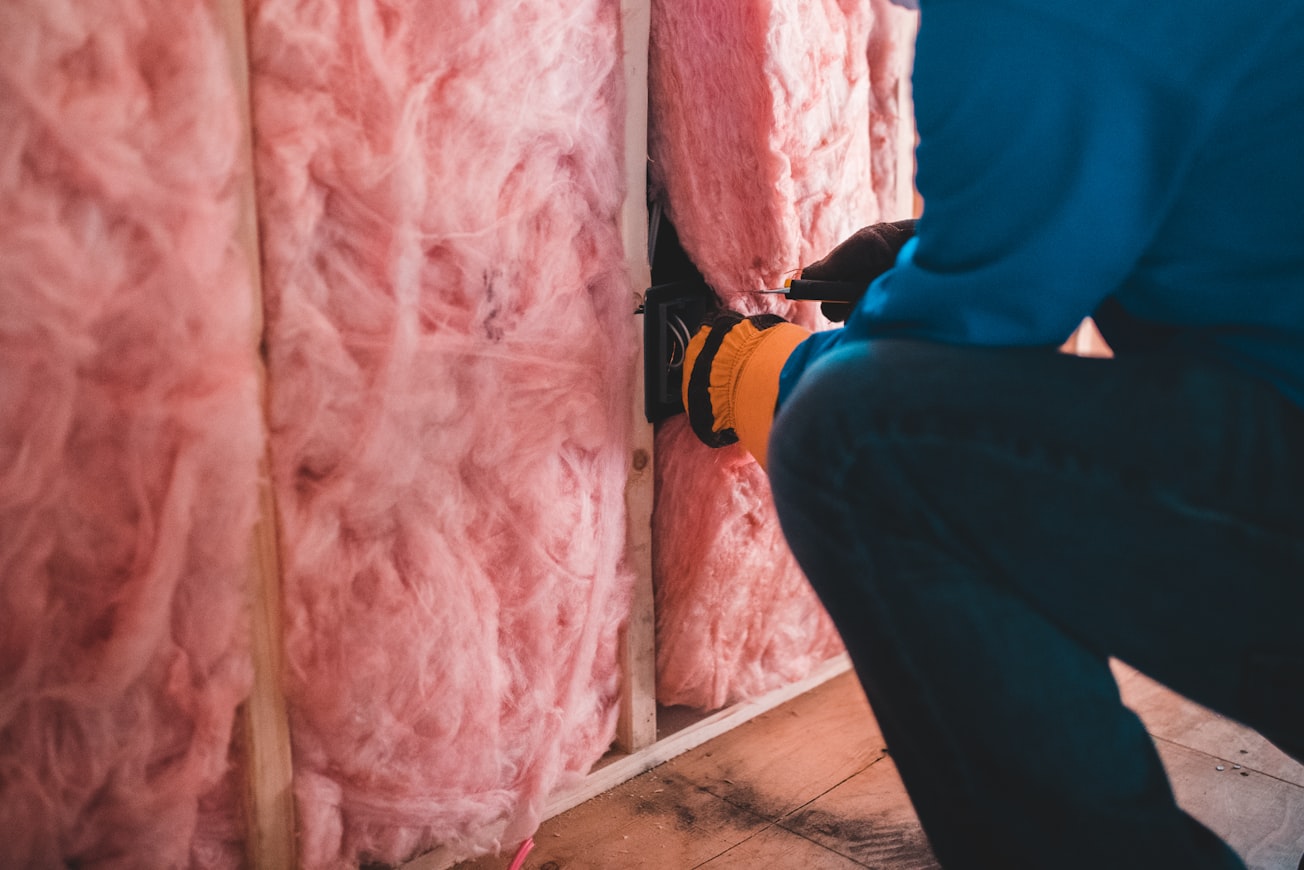What is it about?
a critical evaluation on trends, guidelines and future perspectives. This review critically appraises the progress on the effective incorporation of lignin in RPUF. Firstly, this review briefly covers the essential raw materials, formulation, important properties, and sustainability of RPUF for industrial applications. Secondly, it provides insights on the key parameters of lignin relevant to its effective incorporation into RPUF. Thirdly, it benchmarks the reported studies on incorporation of lignin in RPUF systems by evaluating their important properties and proposes potential strategies for addressing the key challenges in the incorporation of lignin in RPUF.
Featured Image

Photo by Erik Mclean on Unsplash
Why is it important?
Lignin is one of the most abundant natural polymers. Produced as a by-product from the bio-refinery industries, it remains largely underutilised in high-value industrial applications. The valorisation of lignin in rigid polyurethane foam (RPUF) has been the focus of research, due to its potential to replace fossil fuel-based components of RPUF. However, the overall sustainability of RPUF depends on numerous factors including processability, cost-effectiveness, and retention of performance throughout the foam's service life. To date, the incorporation of lignin has been explored either as filler particles (through direct incorporation) or as a blendable liquid polyol introduced after chemical modifications (such as oxyalkylation, functionalisation, or depolymerisation). However, the cost-effective production of lignin incorporated RPUF with high performance remains an ongoing challenge.
Perspectives
By bridging the gaps that exist in the literature on the utilisation of lignin in RPUF this account will serve as a resource for the successful development of lignin incorporated RPUF for industrial applications.
Dr Pratheep K Annamalai
University of Queensland
Read the Original
This page is a summary of: Valorisation of technical lignin in rigid polyurethane foam: a critical evaluation on trends, guidelines and future perspectives, Green Chemistry, January 2021, Royal Society of Chemistry,
DOI: 10.1039/d1gc02744a.
You can read the full text:
Resources
Contributors
The following have contributed to this page







